The other day I decided to make my own base station antenna. So I did.
And it works, quite well actually. I got my SWR down to 1.1
on the channel I want. However my meter shows im only getting 2 watts of power.
After fiddling around with it for a bit i found i could get the full 4 watts of power. But my SWR is in the range of 2 and 3. My question is, why would an antenna produce more power improperly tuned than a properly tuned antenna?
For those of you wonder here is my setup. Brace yourselves, its not pretty.
There are a couple of old pictures from previous setups in there but its still pretty much the same.
Oh and sorry for the giant pictures I don't know how to make it not do that.
The antenna is based around a piece of PVC pipe stuck in a cinder block

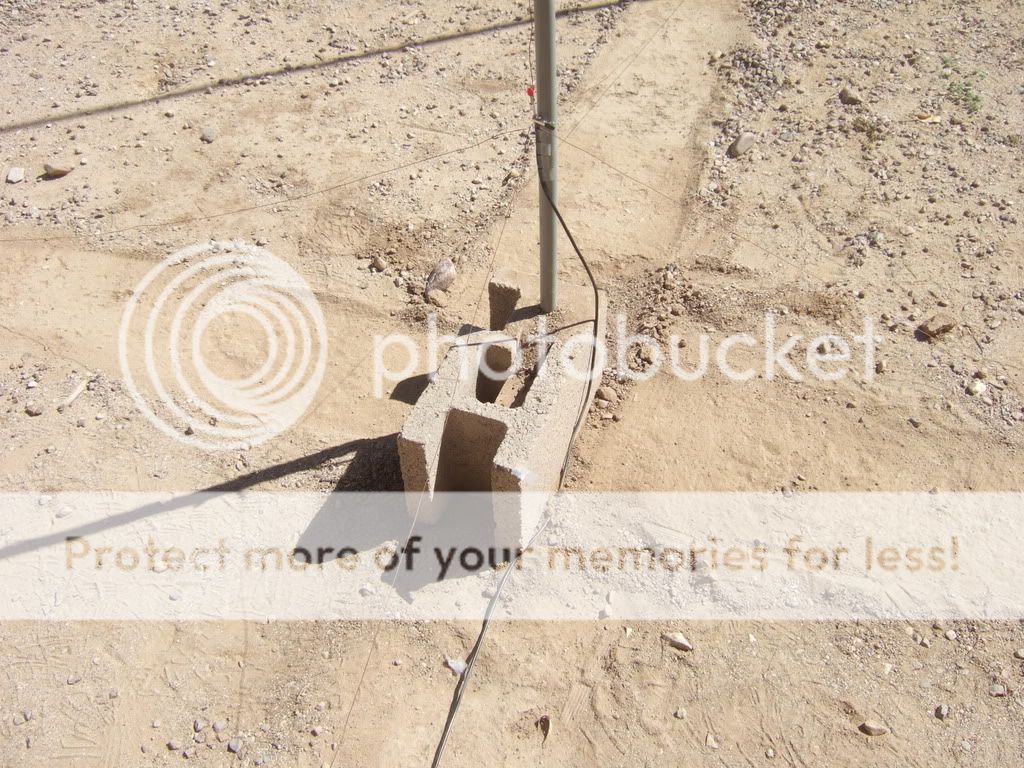
I ran my COAX to the base of the pipe. I split the wire to reveal the copper core and outer braid. I then attached via alligator clips, the Driven element to the core and the 4 ground plane wires to the copper braid.
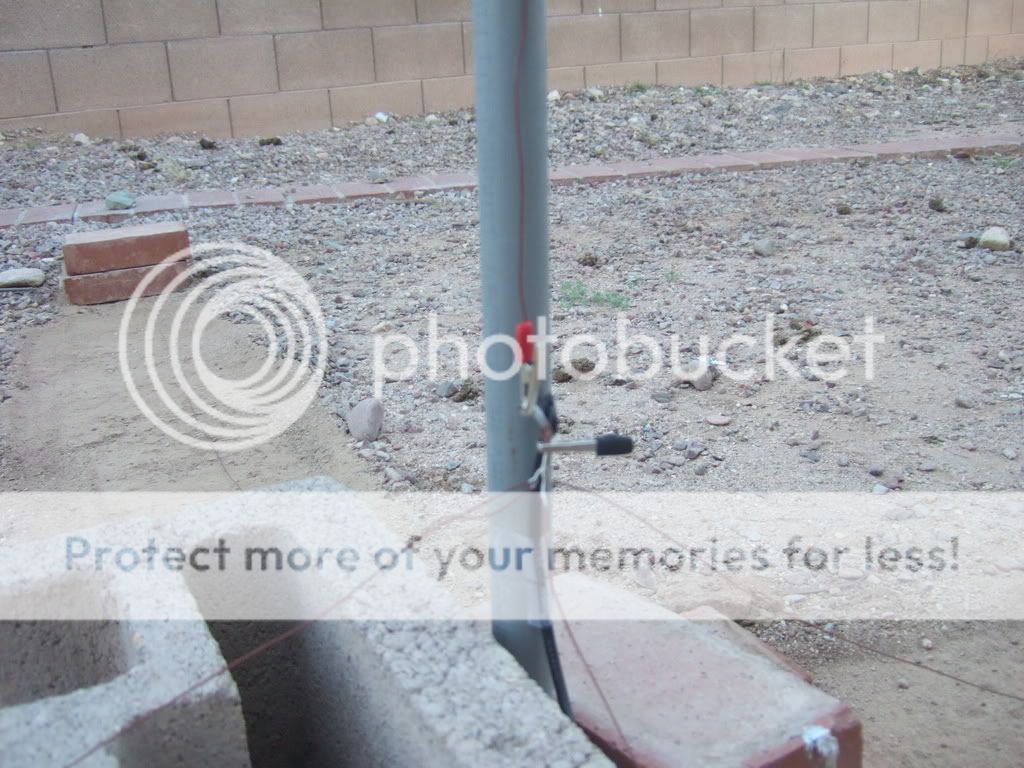
The 4 ground plane wires are held in place by a state of the art red brick anchoring system.
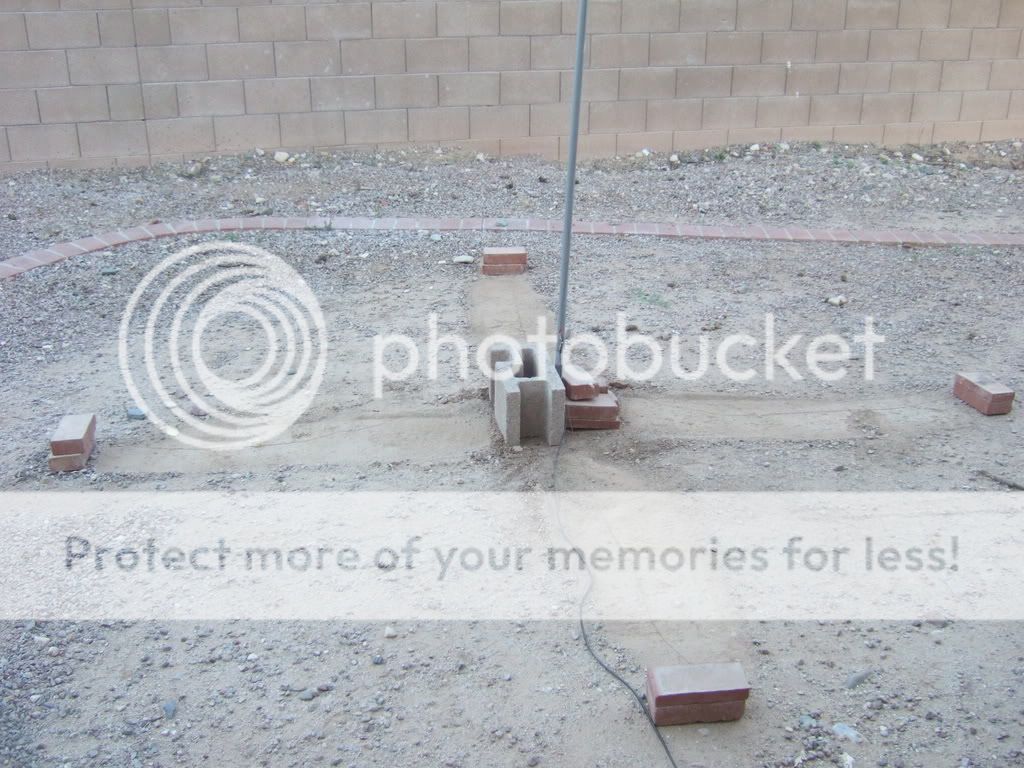
The driven element is held to the pvc pipe with tape. Not even good tape either just this stuff.


my radio setup is a real sight too. Its not even a base radio. Its a mobile with the cigarette lighter plug split open and 2 clips running from it to a power supply which just barely supplies the proper amperage.
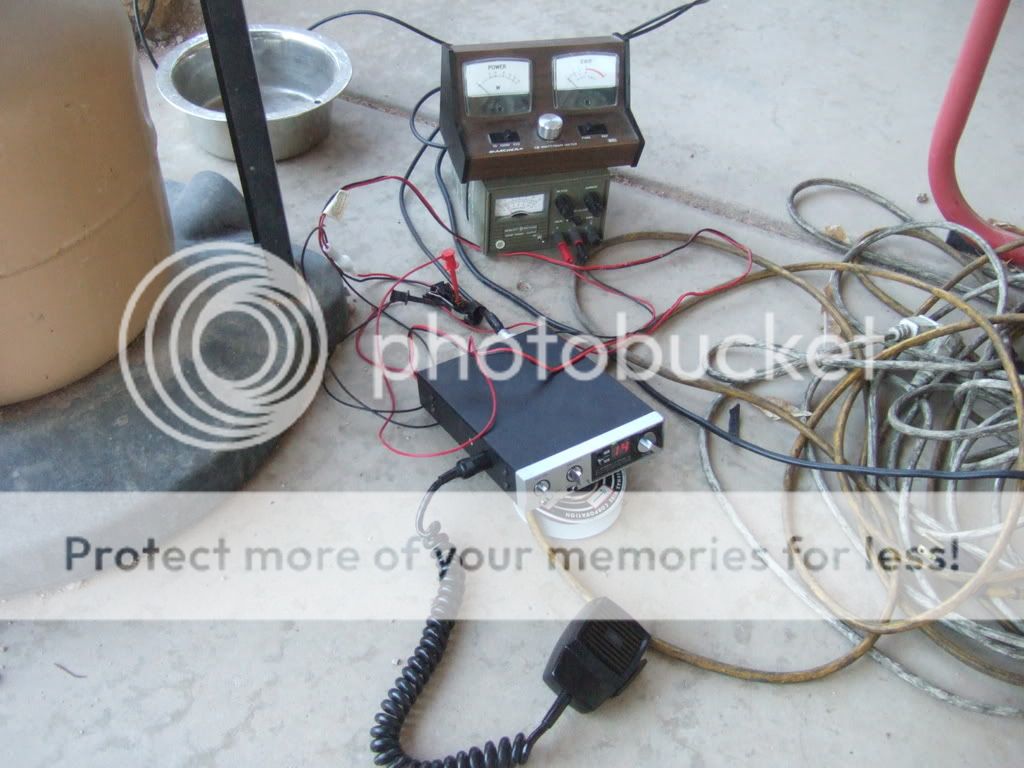
1.4 SWR and 1 watt?
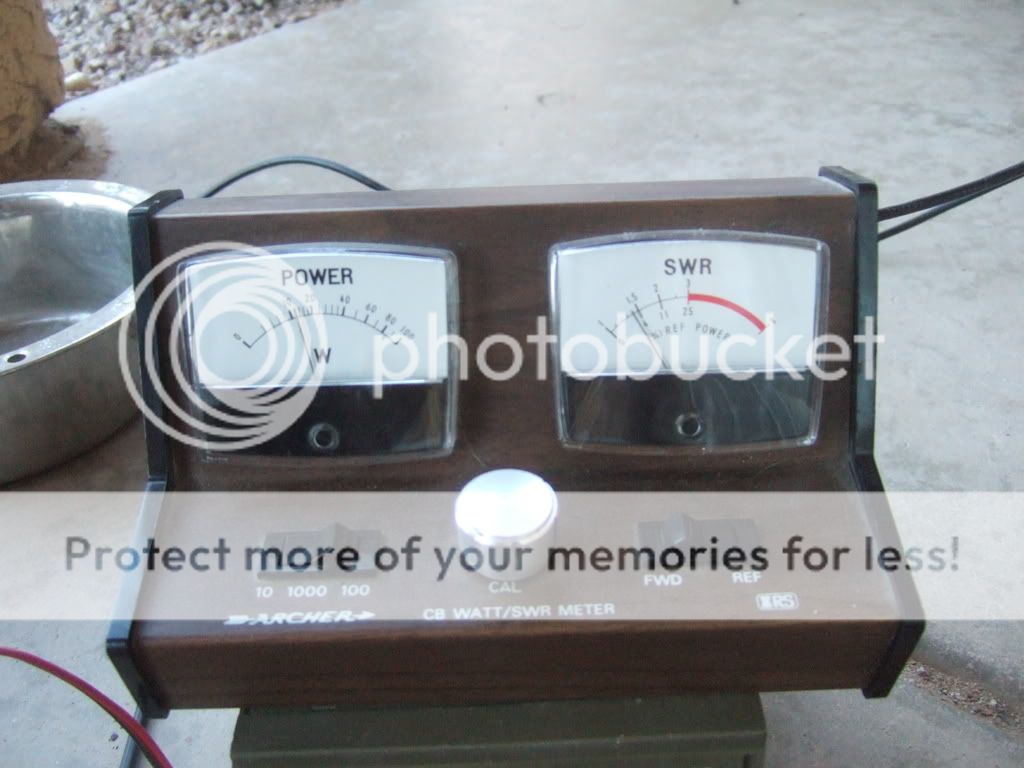
And it works, quite well actually. I got my SWR down to 1.1
on the channel I want. However my meter shows im only getting 2 watts of power.
After fiddling around with it for a bit i found i could get the full 4 watts of power. But my SWR is in the range of 2 and 3. My question is, why would an antenna produce more power improperly tuned than a properly tuned antenna?
For those of you wonder here is my setup. Brace yourselves, its not pretty.
There are a couple of old pictures from previous setups in there but its still pretty much the same.
Oh and sorry for the giant pictures I don't know how to make it not do that.
The antenna is based around a piece of PVC pipe stuck in a cinder block


I ran my COAX to the base of the pipe. I split the wire to reveal the copper core and outer braid. I then attached via alligator clips, the Driven element to the core and the 4 ground plane wires to the copper braid.

The 4 ground plane wires are held in place by a state of the art red brick anchoring system.

The driven element is held to the pvc pipe with tape. Not even good tape either just this stuff.


my radio setup is a real sight too. Its not even a base radio. Its a mobile with the cigarette lighter plug split open and 2 clips running from it to a power supply which just barely supplies the proper amperage.

1.4 SWR and 1 watt?

